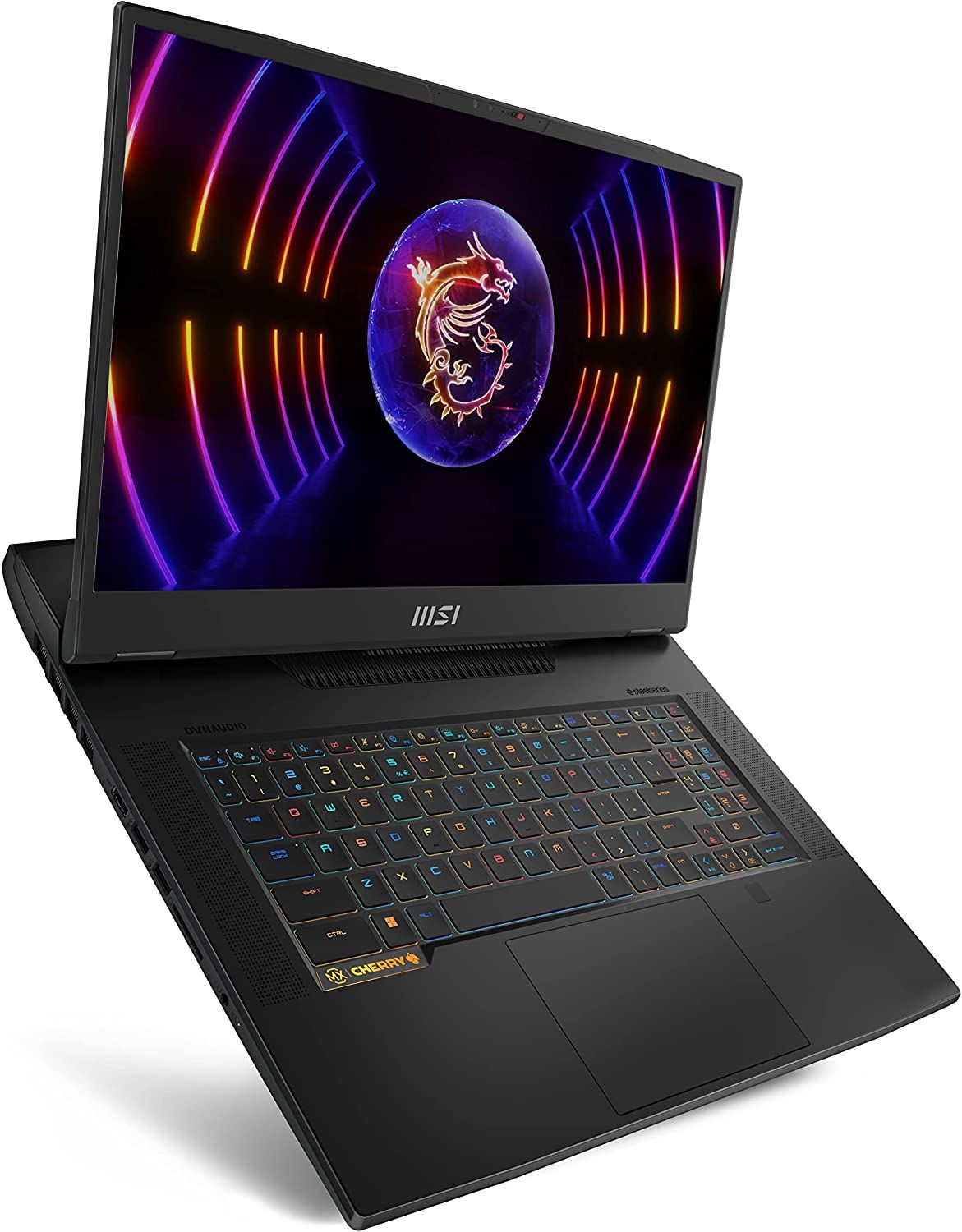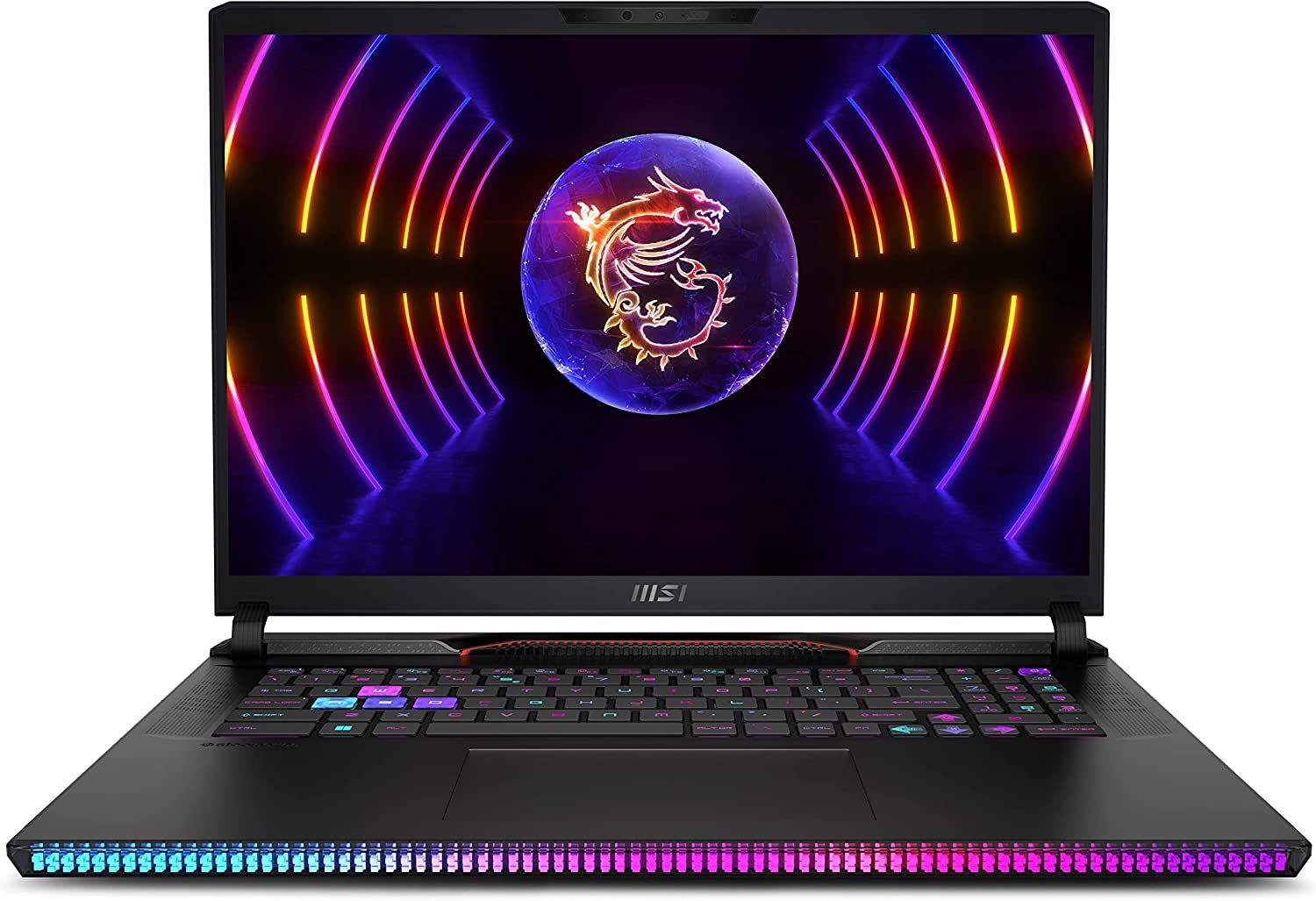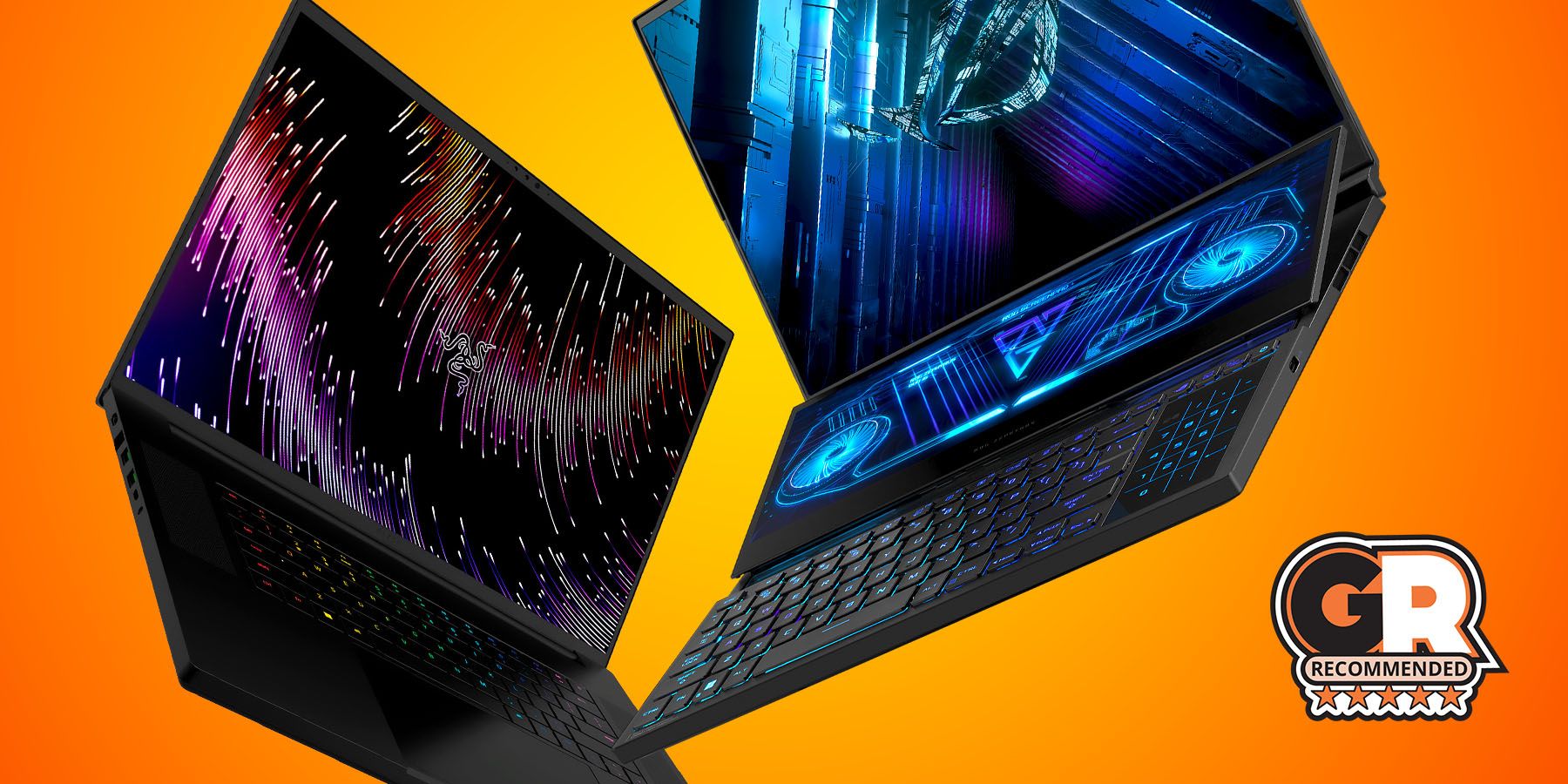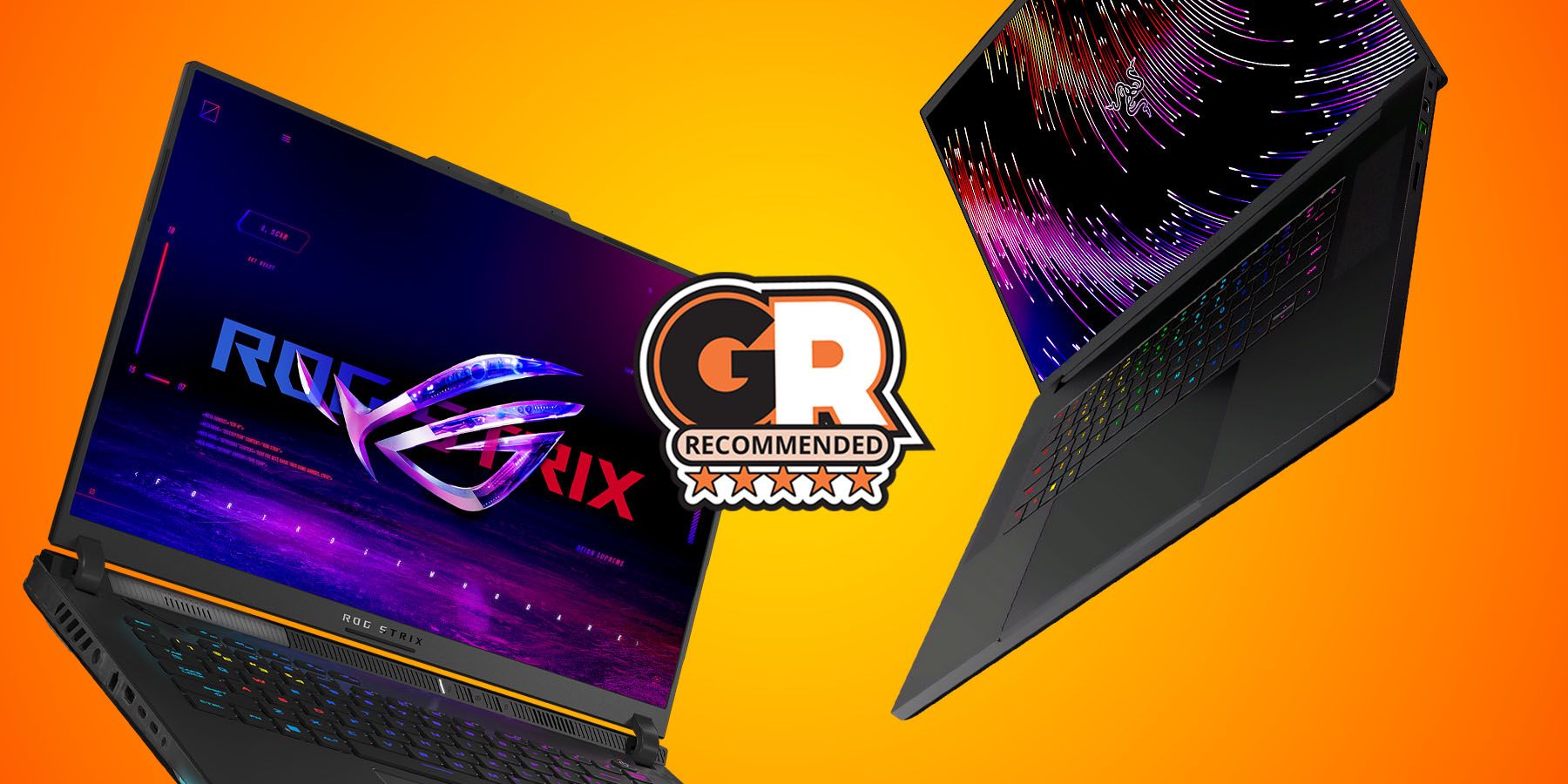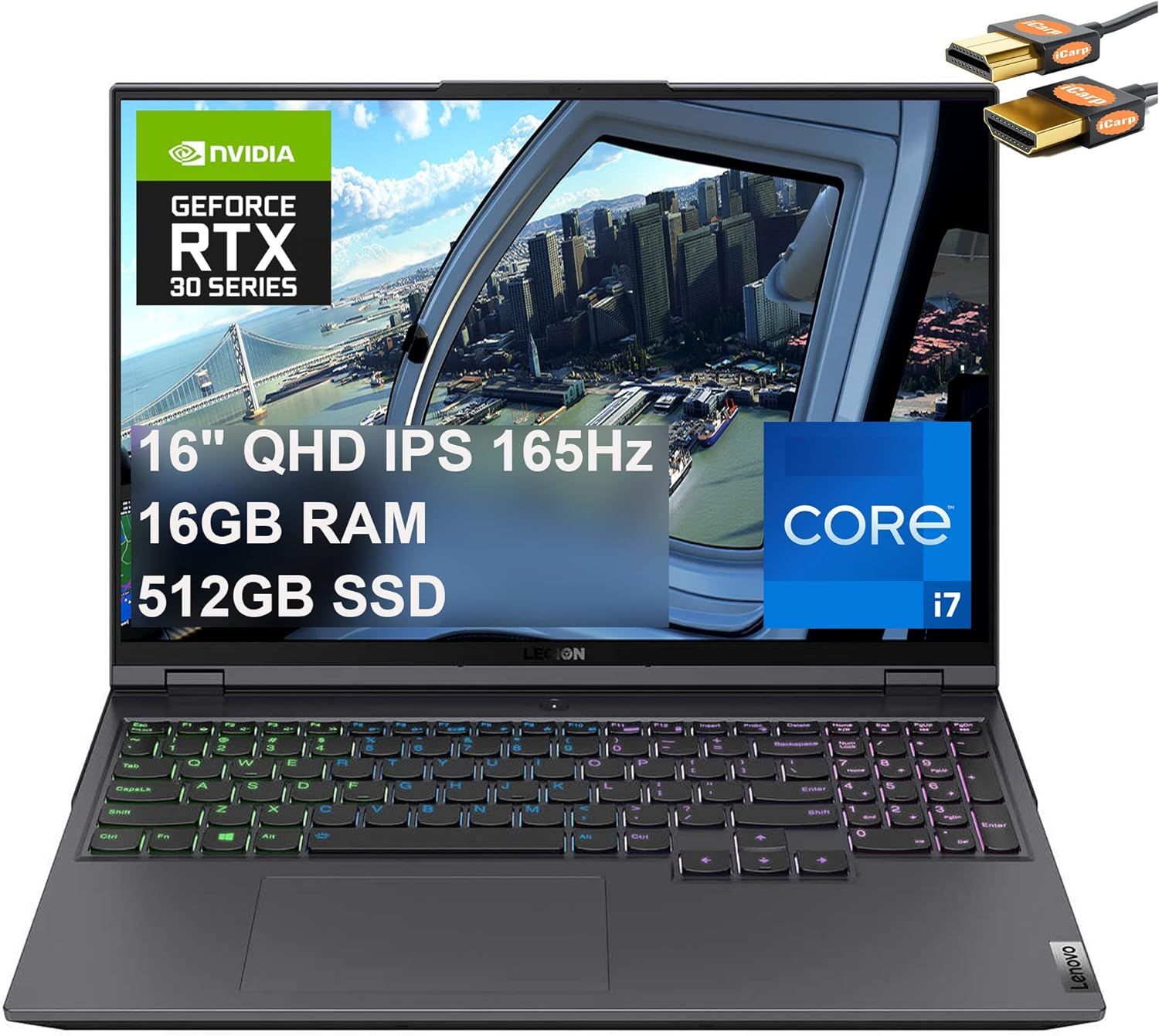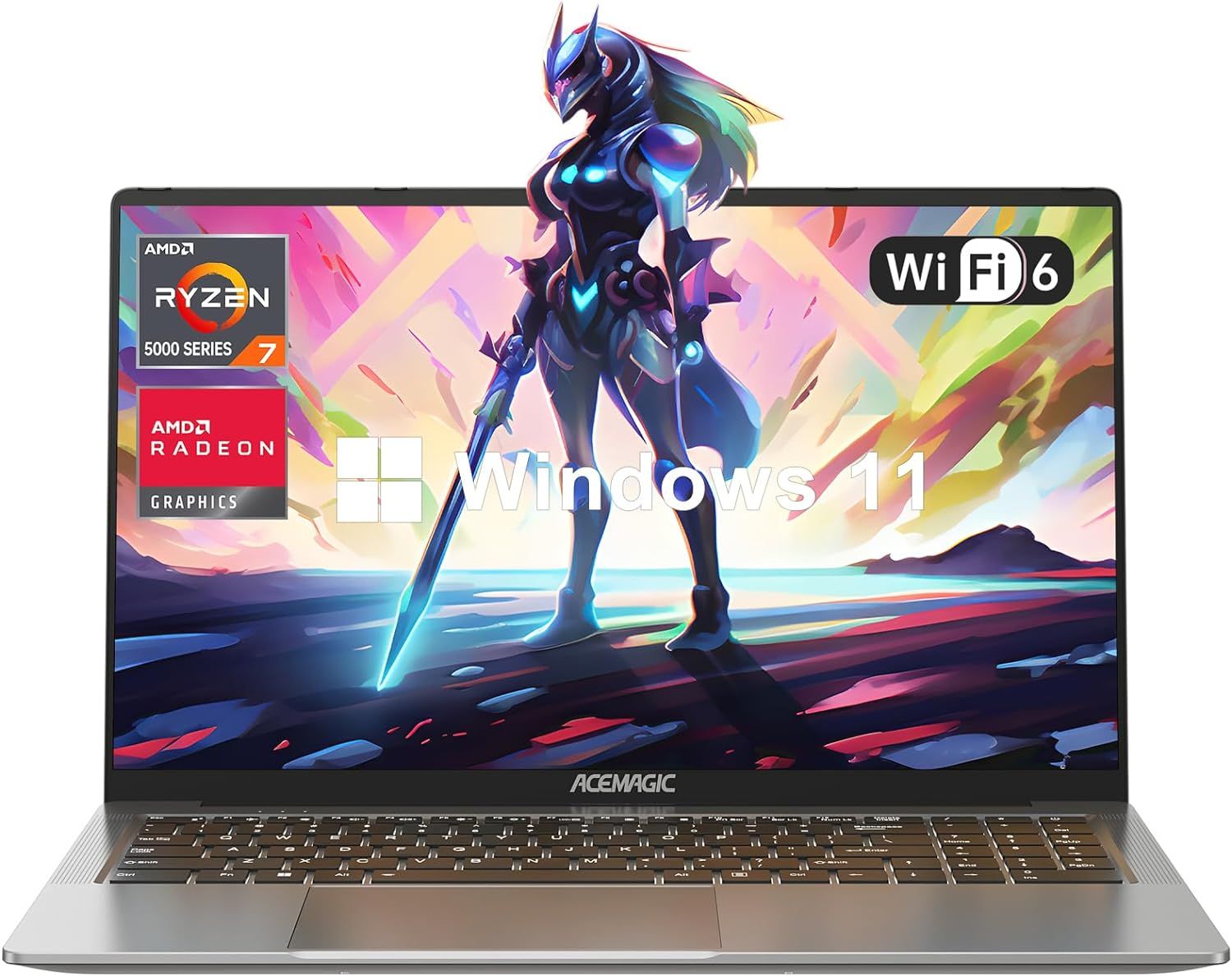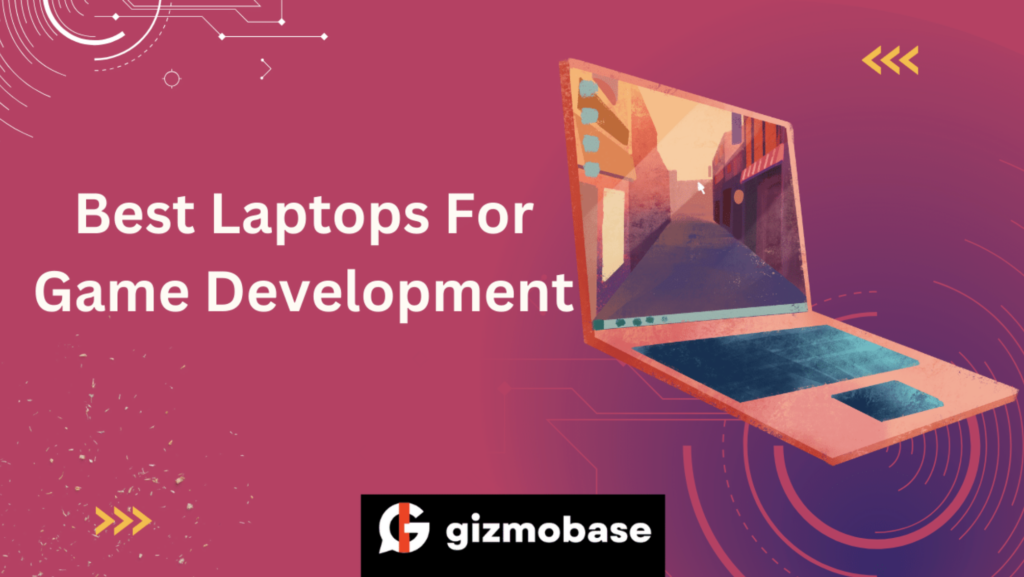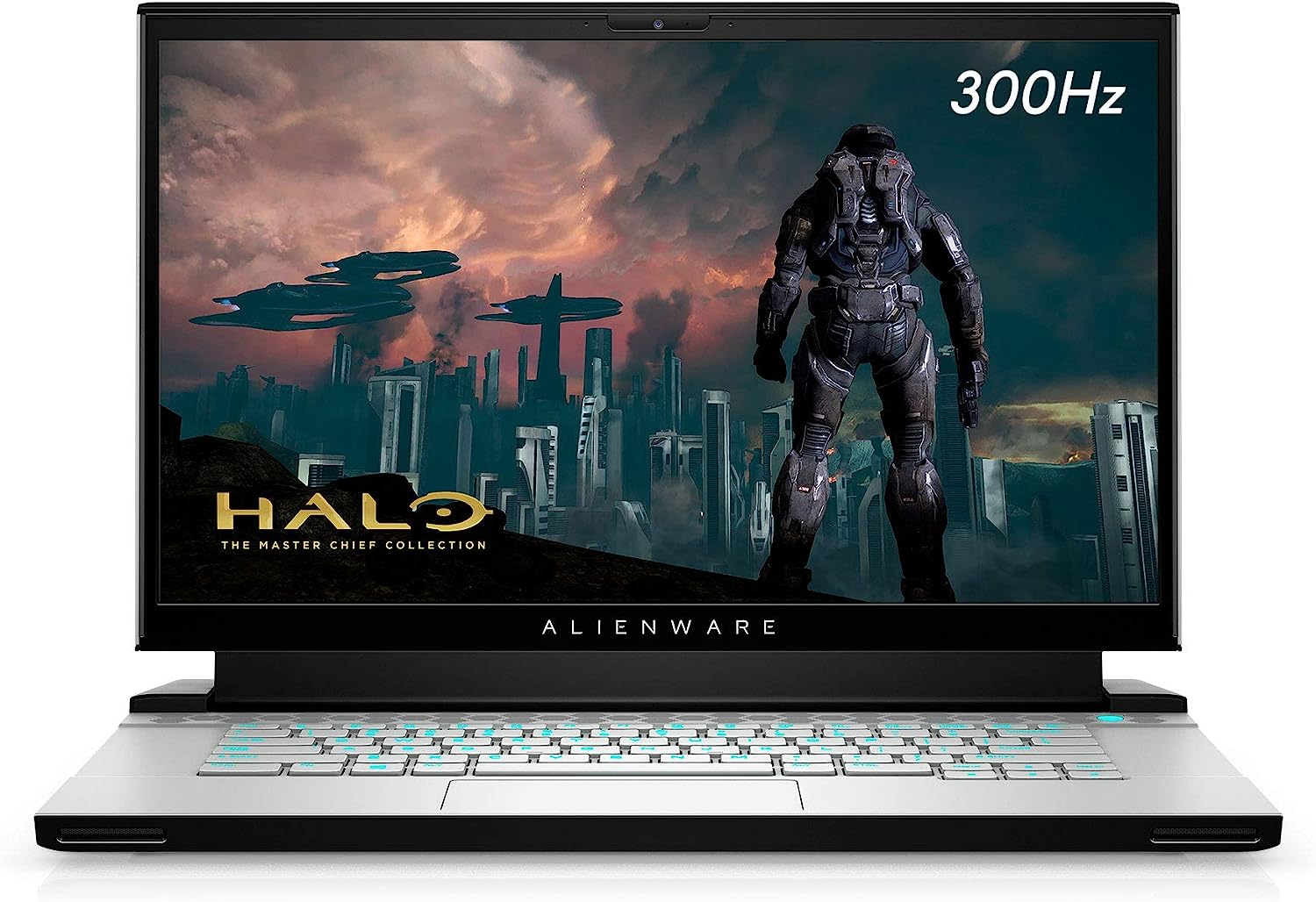Laptops For Game Development
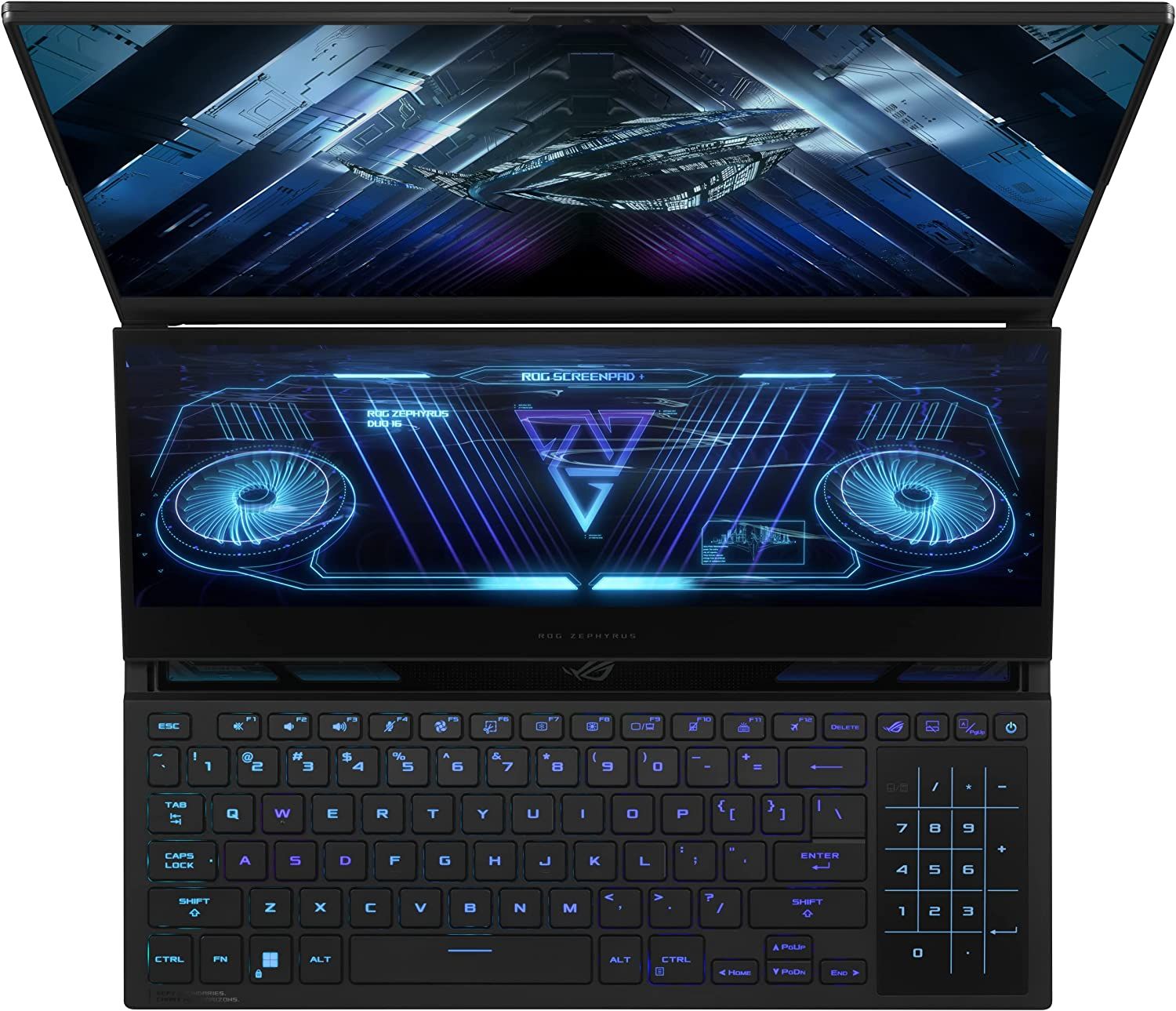
Game development demands powerful hardware, but that doesn't mean you need to break the bank. This article is for the value-conscious game developer, whether you're a student, indie creator, or seasoned pro on a budget. We'll explore laptops that offer the best bang for your buck without sacrificing performance.
Why Laptops Matter for Game Development
Laptops offer portability, allowing you to work on your projects anywhere, anytime. This flexibility is crucial for collaboration, attending game jams, or simply working from your favorite coffee shop. They also provide an all-in-one solution, combining processing power, display, and input devices in a single package.
Choosing the right laptop can significantly impact your workflow and productivity. A slow machine can lead to frustrating delays, hindering your creative process. A powerful, well-chosen laptop will streamline development, allowing you to focus on building great games.
Shortlist of Recommended Laptops
Here's a curated list of laptops catering to different budgets and needs. These laptops strike a balance between performance, price, and portability.
- Budget-Friendly Pick: Acer Nitro 5
- Mid-Range Powerhouse: Lenovo Legion 5 Pro
- Premium Performance: ASUS ROG Zephyrus G14
Detailed Reviews
Acer Nitro 5
The Acer Nitro 5 is a solid choice for developers on a tight budget. It typically features an AMD Ryzen 5 or Intel Core i5 processor and a dedicated NVIDIA GeForce RTX 3050 or 3050 Ti graphics card. This configuration provides sufficient power for less demanding game engines like GameMaker Studio 2 or Godot, as well as lighter tasks in Unity or Unreal Engine.
It often includes a 15.6-inch or 17.3-inch display with a refresh rate of 144Hz, offering smooth visuals. The build quality is decent for the price, and it offers adequate cooling to prevent thermal throttling during extended use. While not the flashiest, the Nitro 5 delivers reliable performance at an affordable price.
Lenovo Legion 5 Pro
The Lenovo Legion 5 Pro is a mid-range beast, offering a significant performance boost over budget options. It typically features an AMD Ryzen 7 or Intel Core i7 processor and an NVIDIA GeForce RTX 3060 or 3070 graphics card. This makes it well-suited for more demanding game engines and tasks like complex 3D modeling and high-resolution texture work.
The Legion 5 Pro boasts a high-quality display, often with a resolution of 2560x1600 (QHD) and a refresh rate of 165Hz or higher. Its robust cooling system ensures stable performance even under heavy load. The keyboard is comfortable for long coding sessions, and the overall build quality is excellent.
ASUS ROG Zephyrus G14
The ASUS ROG Zephyrus G14 is a premium option that prioritizes portability and performance. It typically features an AMD Ryzen 9 processor and an NVIDIA GeForce RTX 3060 or 3070 graphics card within a slim and lightweight chassis. This makes it ideal for developers who need power on the go without sacrificing portability.
The Zephyrus G14 features a high-quality display, often with a resolution of 2560x1440 (QHD) and a refresh rate of 120Hz or higher. Its advanced cooling system keeps temperatures under control despite its compact size. While more expensive than other options, the Zephyrus G14 offers a compelling combination of power and portability.
Side-by-Side Specs and Performance
Below is a comparison of the key specifications and performance scores for each laptop.
| Laptop | Processor | Graphics Card | RAM | Storage | Typical Price |
|---|---|---|---|---|---|
| Acer Nitro 5 | AMD Ryzen 5 / Intel Core i5 | NVIDIA GeForce RTX 3050 / 3050 Ti | 8GB - 16GB | 512GB SSD | $700 - $900 |
| Lenovo Legion 5 Pro | AMD Ryzen 7 / Intel Core i7 | NVIDIA GeForce RTX 3060 / 3070 | 16GB - 32GB | 1TB SSD | $1200 - $1600 |
| ASUS ROG Zephyrus G14 | AMD Ryzen 9 | NVIDIA GeForce RTX 3060 / 3070 | 16GB - 32GB | 1TB SSD | $1400 - $1800 |
Note: Prices and specifications may vary depending on the retailer and configuration. Performance scores can be found on various benchmarking websites.
Practical Considerations
Beyond raw performance, consider these practical factors when choosing a laptop.
Display: A high-resolution display with good color accuracy is essential for visual tasks. Look for a display with at least 1920x1080 (Full HD) resolution, and preferably 2560x1440 (QHD) or higher.
Keyboard and Trackpad: Comfortable input devices are crucial for long coding sessions. Look for a keyboard with good key travel and tactile feedback. A responsive trackpad with accurate tracking is also important.
Ports: Ensure the laptop has sufficient ports for your peripherals. USB-A, USB-C, HDMI, and Ethernet ports are essential for connecting external monitors, storage devices, and other accessories.
Battery Life: Longer battery life is beneficial for working on the go. While gaming laptops aren't known for their exceptional battery life, aim for a model that can last at least 4-5 hours on a single charge for typical development tasks.
Cooling: Effective cooling is essential for preventing thermal throttling and maintaining performance under load. Look for laptops with robust cooling systems that include multiple fans and heat pipes.
Summary
Choosing the right laptop for game development involves balancing performance, price, and portability. Consider your budget, the types of games you'll be developing, and your preferred workflow. Carefully evaluate the specifications, features, and practical considerations discussed in this article to make an informed decision.
The Acer Nitro 5 offers excellent value for budget-conscious developers. The Lenovo Legion 5 Pro provides a significant performance boost for more demanding tasks. The ASUS ROG Zephyrus G14 delivers premium performance in a portable package.
Call to Action
Ready to level up your game development setup? Research the laptops mentioned above, read user reviews, and compare prices. Choose the laptop that best suits your needs and budget, and start creating amazing games!
Frequently Asked Questions (FAQ)
Q: How much RAM do I need for game development?
A: 16GB of RAM is generally recommended for comfortable game development. 8GB is the bare minimum, but 32GB is ideal for larger projects and complex workflows.
Q: Do I need a dedicated graphics card for game development?
A: Yes, a dedicated graphics card (GPU) is essential for handling 3D graphics and other visually intensive tasks. Look for a laptop with an NVIDIA GeForce RTX or AMD Radeon RX series graphics card.
Q: Is an SSD (Solid State Drive) necessary for game development?
A: Yes, an SSD is highly recommended for faster boot times, application loading, and file access. Choose a laptop with at least a 512GB SSD, or preferably a 1TB SSD.
Q: What processor is best for game development?
A: An Intel Core i5 or AMD Ryzen 5 processor is sufficient for basic game development. For more demanding tasks, an Intel Core i7 or AMD Ryzen 7 processor is recommended. For the most demanding tasks, consider an Intel Core i9 or AMD Ryzen 9.
Q: Can I upgrade the RAM and storage on a laptop?
A: It depends on the laptop model. Some laptops allow you to upgrade the RAM and storage, while others have these components soldered to the motherboard. Check the manufacturer's specifications before purchasing.

